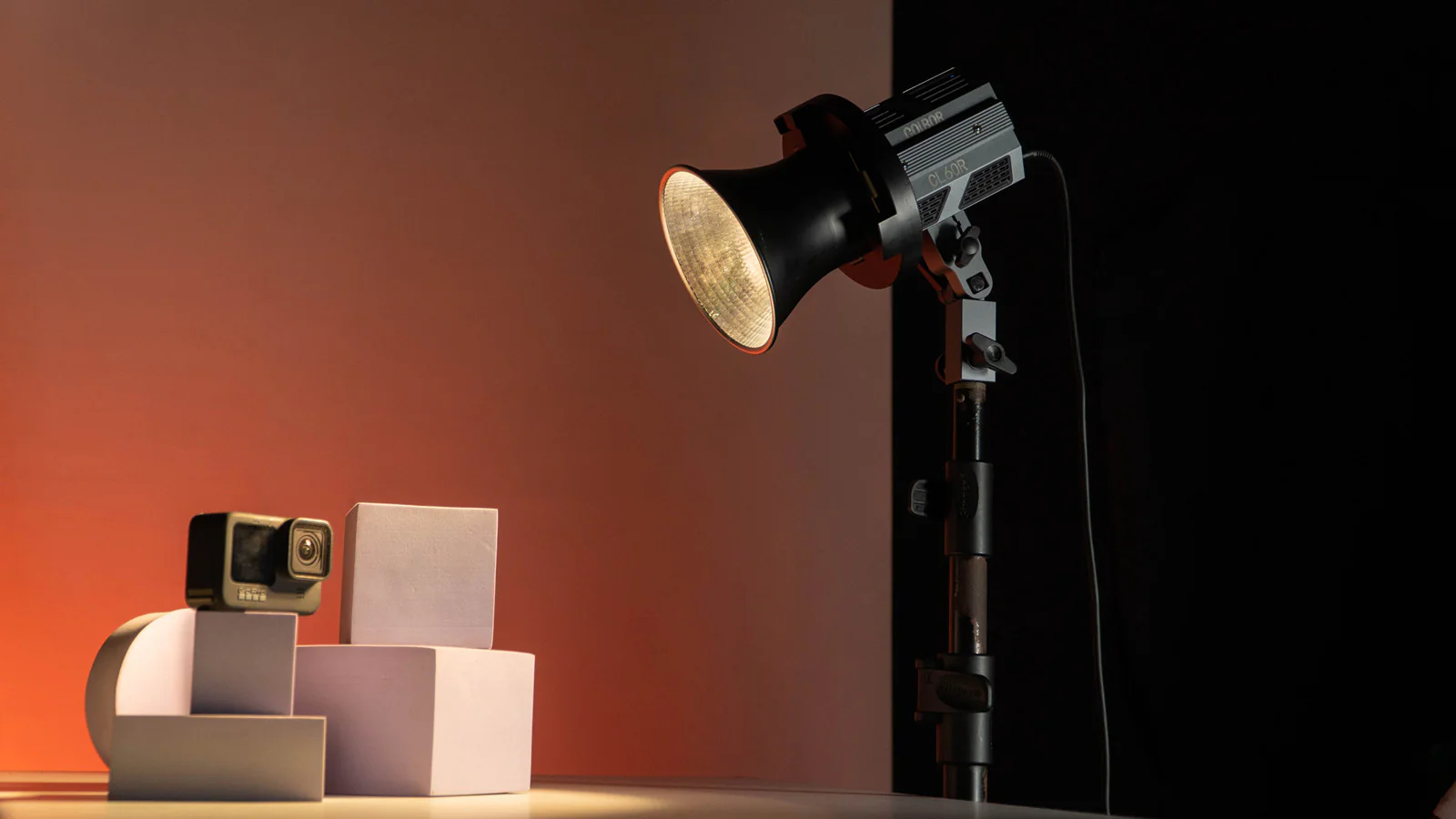Introduction
Lighting is an essential part of photography and videography, but choosing between studio lighting and portable, on-the-go solutions can be challenging. Each type of lighting setup has its advantages and drawbacks. In this article, we’ll compare studio and portable lighting to help you determine which is best suited for your needs.
Studio Lighting: Pros and Cons
✅ Pros:
- Provides consistent, controlled lighting.
- Ideal for high-quality portraits, product photography, and professional video shoots.
- Compatible with various modifiers, such as softboxes, reflectors, and diffusers.
❌ Cons:
- Requires a dedicated space.
- Bulky and less portable.
- Generally more expensive.
On-the-Go Lighting: Pros and Cons
✅ Pros:
- Compact and lightweight.
- Battery-powered options allow for location flexibility.
- Perfect for travel photography, vlogging, and outdoor shoots.
❌ Cons:
- Limited power compared to studio lights.
- Can be affected by environmental conditions like wind and sunlight.
Which One is Right for You?
- If you need maximum control and consistency, studio lighting is the best choice.
- If you require flexibility and mobility, portable lighting is the way to go.
- Hybrid solutions—a mix of studio and on-the-go lighting—offer the best of both worlds for versatile shooting conditions.
Conclusion
Choosing between studio and portable lighting depends on your photography style and workflow. Understanding the strengths and limitations of each option helps ensure you make the best decision for your creative needs.

